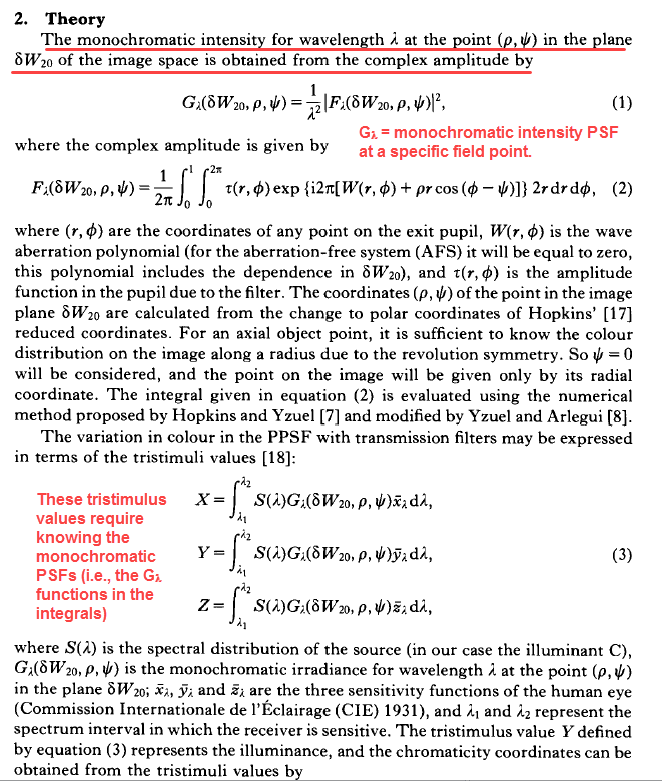If I have a polychromatic PSF and I know the weight information per wavelength, is it possible to estimate the extracted PSFs one by one per wavelength?
Solved
Estimate PSF using polychromatic PSF
Best answer by Jeff.Wilde
In general, I think the answer is no because there is no unique solution (you will always have more unknowns than equations). However, the complementary task, namely finding the best estimates for the weights given the individual monochromatic PSFs and the polychromatic PSF, is a relatively straightforward least-squares problem.
Regards,
Jeff
Enter your E-mail address. We'll send you an e-mail with instructions to reset your password.







